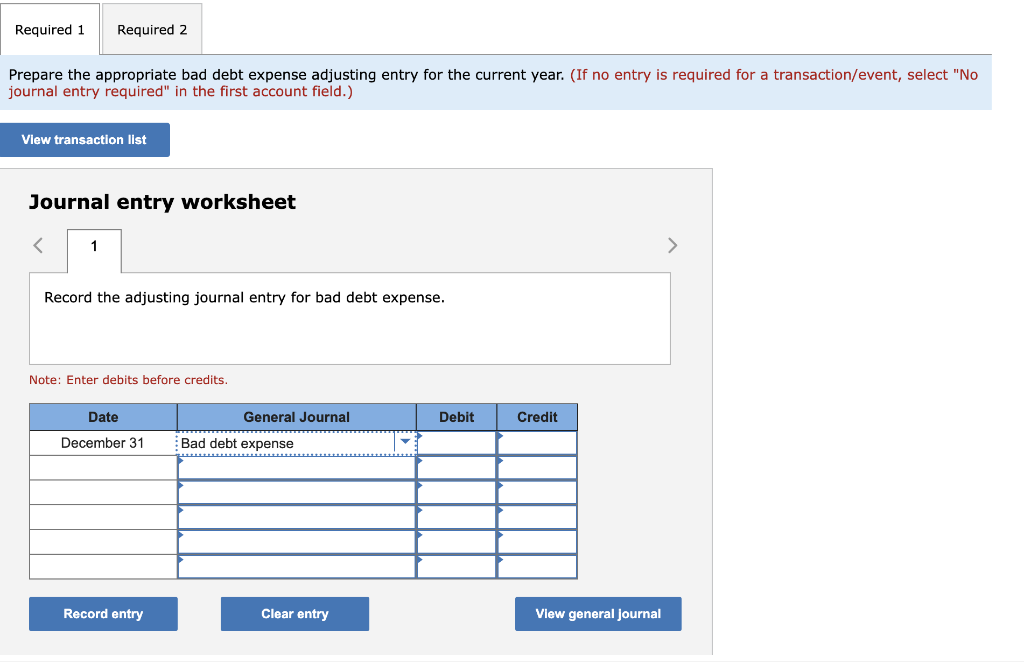Question
Casilda Company uses the aging approach to estimate bad debt expense. The ending balance of each account receivable is aged on the basis of three
Casilda Company uses the aging approach to estimate bad debt expense. The ending balance of each account receivable is aged on the basis of three time periods as follows: (1) not yet due, $51,300; (2) up to 180 days past due, $15,100; and (3) more than 180 days past due, $5,100. Experience has shown that for each age group, the average loss rate on the amount of the receivables at year-end due to uncollectibility is (1) 4 percent, (2) 12 percent, and (3) 32 percent, respectively. At December 31, the end of the current year, the Allowance for Doubtful Accounts balance is $400 (credit) before the end-of-period adjusting entry is made.
Required:
1. Prepare the appropriate bad debt expense adjusting entry for the current year.
2. Show how the various accounts related to accounts receivable should be shown on the December 31, current year, balance sheet.

Step by Step Solution
There are 3 Steps involved in it
Step: 1

Get Instant Access to Expert-Tailored Solutions
See step-by-step solutions with expert insights and AI powered tools for academic success
Step: 2

Step: 3

Ace Your Homework with AI
Get the answers you need in no time with our AI-driven, step-by-step assistance
Get Started


